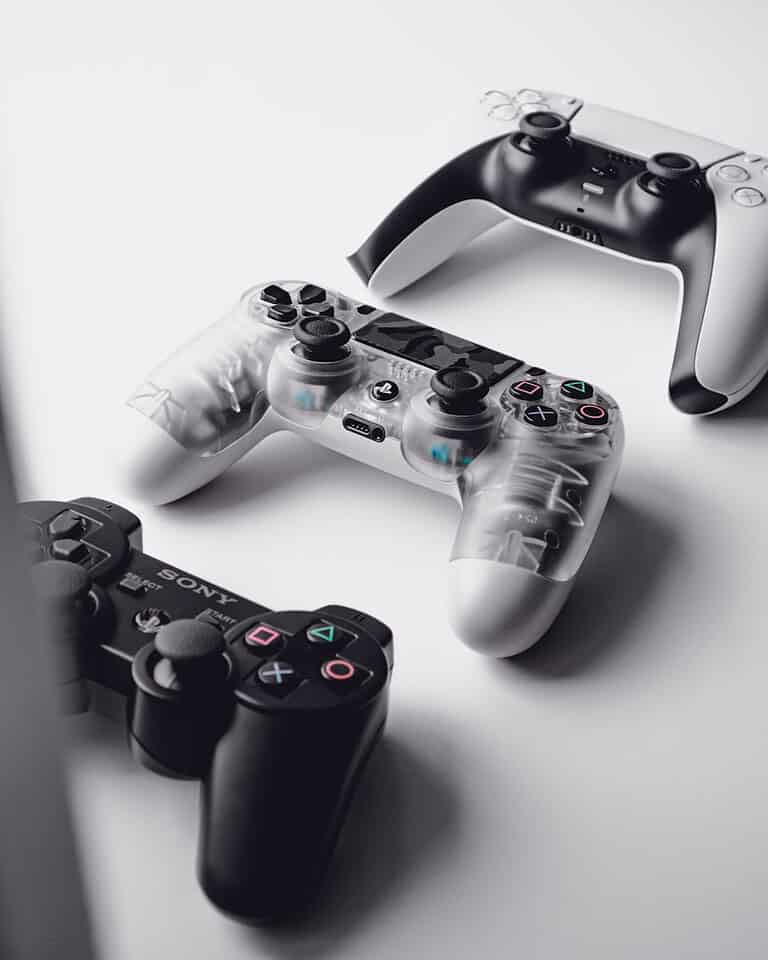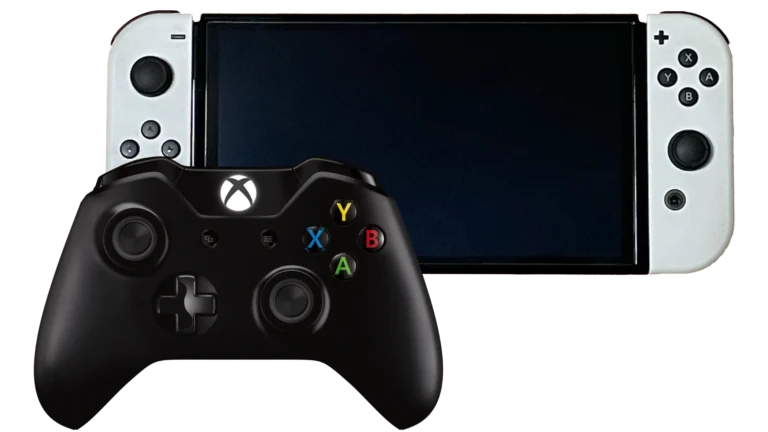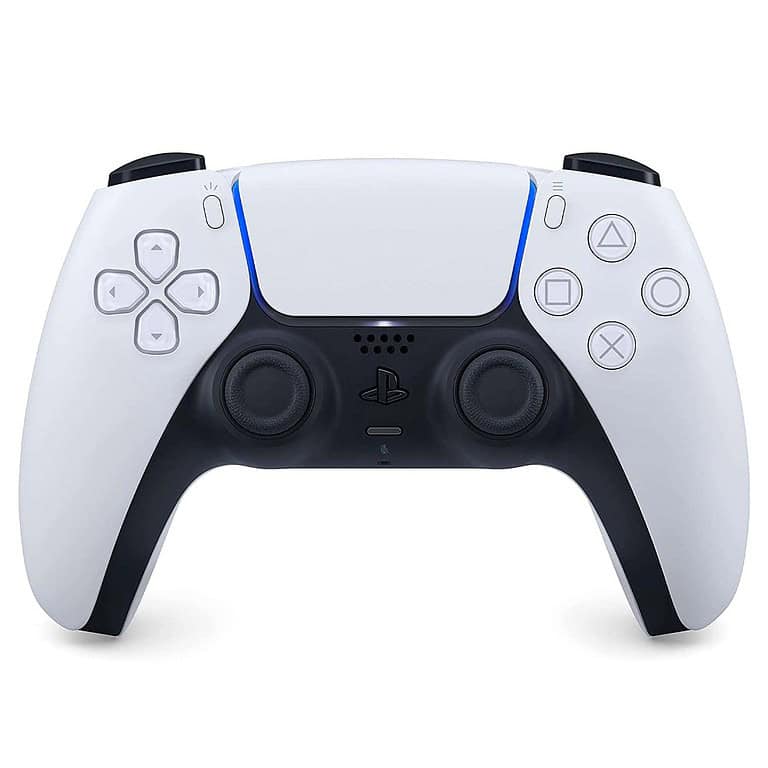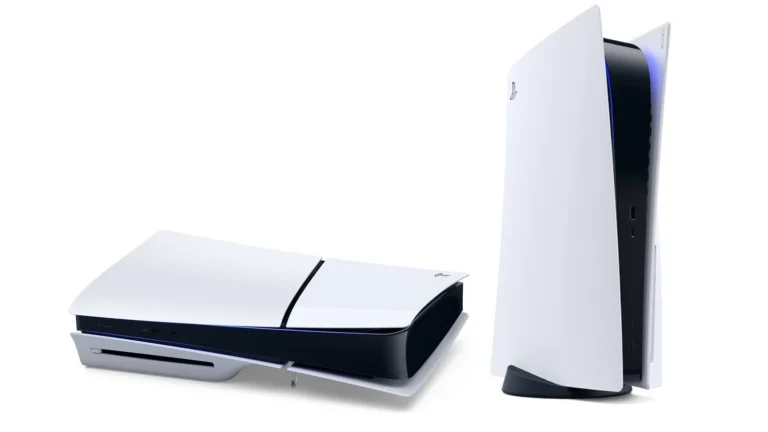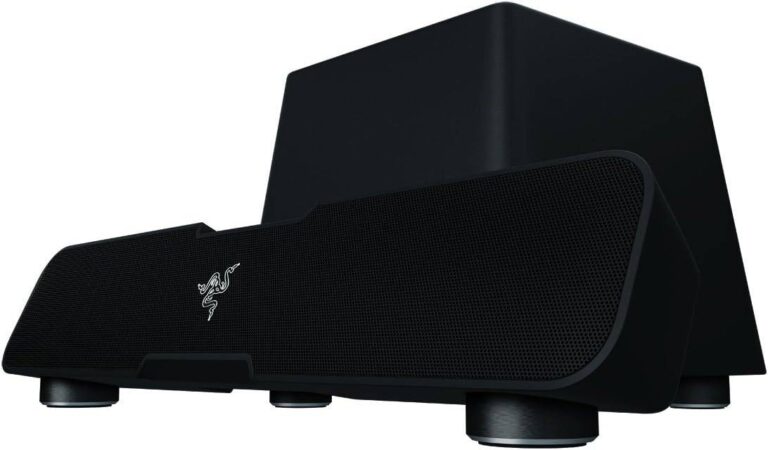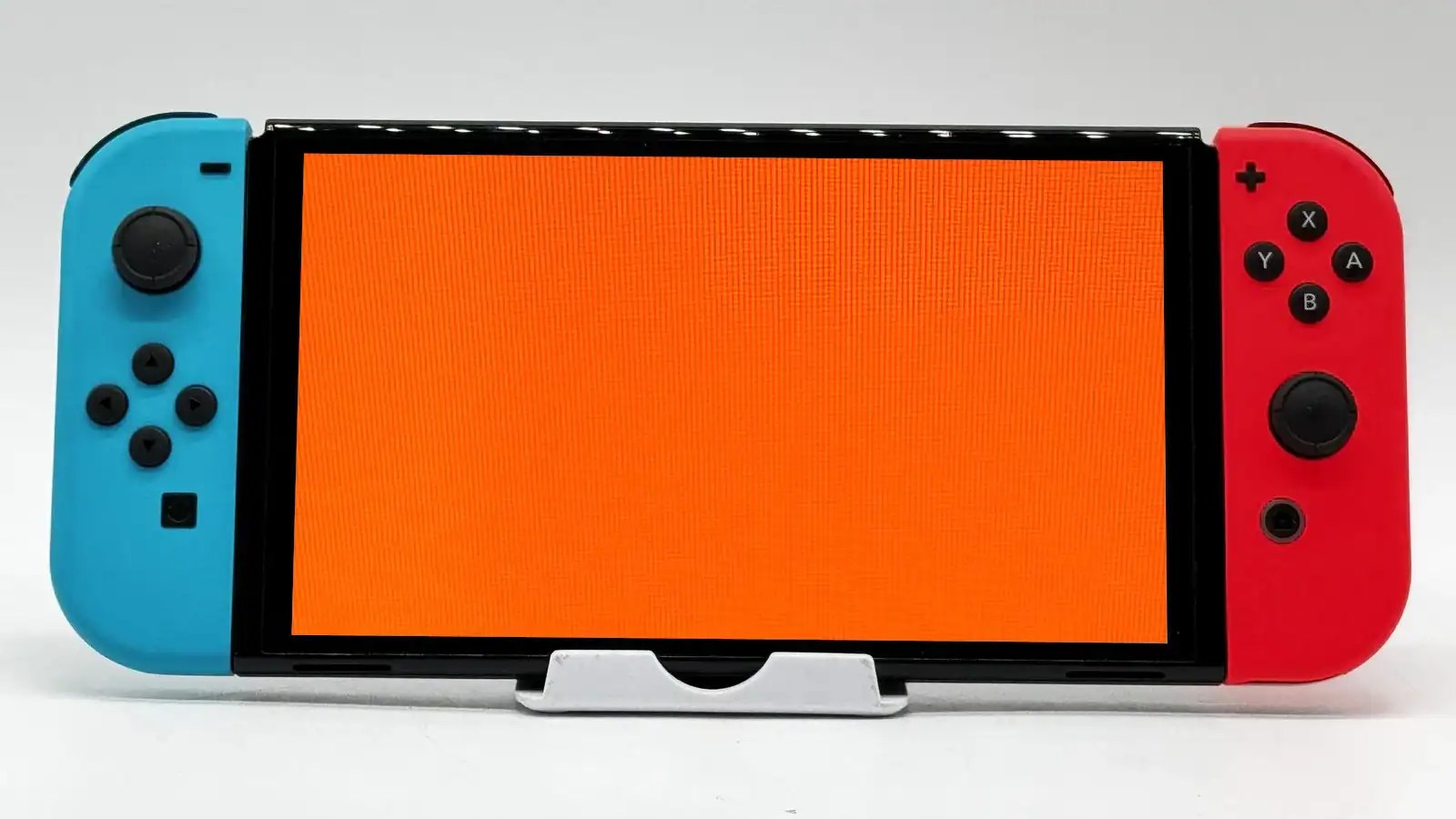
Seeing an orange screen on your Nintendo Switch can be alarming, especially when you’re ready to dive into your favorite game. This sudden issue often appears during startup and prevents normal operation of your console. If your Nintendo Switch displays an orange screen, hold down the power button for at least 20 seconds to force a shutdown, then restart the device to potentially resolve the issue.
This problem typically stems from a temporary system error that can be fixed with a hard restart. However, if the orange screen persists after multiple restart attempts, it could indicate a more serious hardware issue. In such cases, your Nintendo Switch may require professional repair service from Nintendo to get it back in working condition.
How to Fix a Nintendo Switch Stuck on the Orange Screen
The infamous “orange screen of death” on the Nintendo Switch usually appears when the system hangs during a boot-up process or fails to properly connect to internal components like Wi-Fi or firmware modules. It can be alarming, but in many cases, it’s fixable without needing to send the console in for repair.
1. Force a Full Shutdown
Start by forcing the Switch to power off completely. This bypasses whatever process may be hanging in the background.
How to Do It:
- Hold the Power button (top-left) for at least 12 seconds.
- Wait a few seconds after the screen goes black.
- Press the Power button once more to try booting it up again.
This step resolves the issue for many users, especially if it was a temporary freeze.
2. Try a Hard Reset in Maintenance Mode
If powering down didn’t help, boot the Switch into Maintenance Mode (also known as Recovery Mode). This allows you to reset the software without deleting your data.
How to Enter Maintenance Mode:
- Power off the console completely.
- Hold Volume Up + Volume Down, then press the Power button.
- Keep holding all buttons until the Maintenance Mode screen appears.
Recommended Option:
- Choose “Initialize Console Without Deleting Save Data” if the option is available.
This performs a soft reset that can clear out corrupt system files without wiping your entire library.
3. Remove the MicroSD Card
Sometimes a corrupted or incompatible microSD card can cause the Switch to lock up during the boot process, triggering the orange screen.
Steps:
- Power off the Switch.
- Eject the microSD card.
- Power the console back on without the card inserted.
If the console boots normally, the SD card is likely the cause. You can try reformatting it using the Switch or a PC to fix it.
| Symptom | SD Card Issue? |
|---|---|
| Orange screen appears only with SD card inserted | Likely yes |
| No SD card inserted and issue still happens | Not the cause |
4. Check for Dock-Related Freezes
In rare cases, the orange screen can appear when waking the console from sleep while docked. If this seems to be the pattern, test the following:
- Remove the console from the dock.
- Power cycle the unit using the 12-second shutdown.
- Let it boot while undocked.
If the console works fine off the dock, inspect the dock for bent pins or dust. Also try a different HDMI cable and power brick, as these can sometimes short signals to the Switch.
5. Update Firmware via Safe Mode
If you can access Maintenance Mode, look for an option to Update the System. A firmware update might correct the underlying software bug triggering the orange screen.
- Enter Maintenance Mode.
- Select Update System.
- Allow the Switch to download and install any available updates.
This step requires a working internet connection.
6. Try a Factory Reset as a Last Resort
If all else fails, a full initialization may be necessary. This will erase all data, including games, save files, and user profiles.
To Do This:
- Boot into Maintenance Mode.
- Select Initialize Console.
- Confirm when prompted.
Tip: If you have a Nintendo Online subscription, most of your save data may be backed up in the cloud and can be restored after logging in again.
7. What Causes the Orange Screen on Switch?
Understanding the cause can help prevent it in the future. Here’s a breakdown:
| Cause | Description | Severity |
|---|---|---|
| Corrupted SD Card | Incompatible or corrupted data on the card | Moderate |
| Sleep Mode Bug | Docked or suspended system fails to resume | Low |
| Software Glitch | Failed update or OS file error | Moderate |
| Hardware Defect | Faulty memory or internal chip issues | High |
8. When to Contact Nintendo Support
If your Switch:
- Cannot enter Maintenance Mode
- Immediately reverts to an orange screen after every reboot
- Shows signs of hardware malfunction (e.g., won’t charge, freezes during updates)
…it’s time to contact Nintendo Support or schedule a repair.
| Option | Estimated Cost (Out of Warranty) | Turnaround |
|---|---|---|
| Nintendo Repair | $100–$150 | 7–10 business days |
| Third-Party Console Repair Shop | $60–$120 | Varies by location |
Key Takeaways
- Hold the power button for 20 seconds to force shutdown your Switch when facing an orange screen issue
- Persistent orange screens after multiple restart attempts may require official Nintendo repair services
- Regular system updates and proper shutdown practices can help prevent screen issues in the future
Understanding the Orange Screen Issue on Nintendo Switch
When your Nintendo Switch displays an orange screen during startup, it can be alarming. This display problem often prevents normal gameplay and requires troubleshooting to resolve.
Common Causes Behind the Screen Discoloration
The orange screen issue on Nintendo Switch can stem from several sources. Most commonly, it results from temporary system glitches that interrupt the normal boot sequence. These glitches often resolve with a simple power cycle.
Overheating is another frequent culprit. Your Switch may display an orange screen when internal components reach excessive temperatures. This serves as a protective mechanism to prevent further damage.
Sometimes the problem relates to WiFi card issues or other hardware components that aren’t functioning properly. Corrupted system files after a failed update can also trigger this error.
Battery problems might contribute as well. When your Switch battery is extremely low or malfunctioning, the system may fail to boot correctly, resulting in the orange screen.
Differentiating Between Software and Hardware Problems
You can determine if the orange screen is a software or hardware issue through systematic troubleshooting. For software problems, holding the power button for 12-20 seconds to force a shutdown often works. After powering back on, the issue may resolve itself.
Software-related orange screens typically appear after system updates or game installations. These are usually temporary and can be fixed without professional help.
Hardware problems are more persistent. If the orange screen returns after multiple restart attempts, it likely indicates a component failure. Nintendo notes that if the console screen remains orange after troubleshooting, the device will need professional repair.
Try these steps to identify the issue type:
- Force restart your Switch
- Check for physical damage
- Test in docked vs. handheld mode
- Attempt to boot in recovery mode
Immediate Actions to Take
When facing an orange screen on your Nintendo Switch, quick action can often resolve the problem without needing professional repair. These troubleshooting steps should be your first line of defense before seeking technical help.
Performing a Hard Reset Using the Power Button
The orange screen issue can often be fixed with a simple hard reset. First, hold the power button for 12 seconds to completely shut down your Switch. This forces the system to power off entirely, not just enter sleep mode.
After waiting about 10 seconds, press the power button again to restart the console. This process clears temporary software glitches that might be causing the orange screen.
For Switch OLED models, it’s recommended to remove the Joy-Cons before performing the hard reset. Also, try performing this reset while the console is unplugged from its charger.
If the orange screen persists after one attempt, repeat the hard reset 2-3 more times. Some users report success only after multiple reset attempts.
Inspecting the Nintendo Switch for Physical Damage
Physical damage can contribute to the orange screen problem. Carefully examine your Switch for any visible signs of damage to the screen, case, or charging port.
Check for:
- Water damage indicators (small white dots that turn pink/red when wet)
- Bent pins in the charging port
- Cracks in the casing near the screen edges
- Swollen battery signs (bulging back panel)
The orange screen often indicates a hardware failure that might require repair. If you recently dropped your Switch or exposed it to extreme temperatures, this could be the cause.
Try connecting your Switch to its dock if possible. Sometimes the external display connection can bypass screen issues or reveal if the problem is isolated to the built-in display.
Software Troubleshooting Steps
Before attempting hardware repairs, try these software fixes for your orange screen issue. Many Switch display problems can be resolved through simple system procedures that reset or update the console’s software.
Restarting the Nintendo Switch
A full restart is often the quickest fix for an orange screen issue. Hold down the power button for at least 12-20 seconds to force the system to shut down completely. This is different from putting it in sleep mode.
After the forced shutdown, wait about 30 seconds before turning the Switch back on. This gives the system time to clear any temporary issues in memory.
If the orange screen persists after a single restart, try repeating the process 2-3 times. Some users have reported that multiple restart attempts were needed before their console returned to normal function.
Make sure your Switch has sufficient battery charge. Connect it to the official Nintendo AC adapter during this process to ensure power issues aren’t contributing to the problem.
Checking for System Updates
Outdated system software can sometimes cause display issues. To check for updates:
- Connect your Switch to the internet via WiFi
- Go to System Settings (gear icon on the home menu)
- Scroll down to “System”
- Select “System Update”
If an update is available, install it and restart your console. Nintendo regularly releases firmware updates that fix bugs and improve system stability.
If your Switch won’t boot to the home screen due to the orange screen, you might need to enter recovery mode by holding the volume up and down buttons while powering on.
Uninstalling Suspicious Apps
Sometimes third-party applications can conflict with system functions and cause display problems. If the orange screen appeared after installing a new app, that could be the culprit.
To uninstall an app:
- Navigate to the home screen (if possible)
- Highlight the suspicious app
- Press the + button on your controller
- Select “Manage Software”
- Choose “Delete Software”
Focus on recently installed apps or those from unofficial sources. Some users have reported orange screen issues after installing certain homebrew applications or unauthorized software.
If you can’t access the home screen, you may need to boot into safe mode. When turning on the Switch, hold the volume buttons down until the recovery menu appears. From there, you can reset the system without losing save data.
Seeking Professional Repair Service
When home fixes don’t solve your orange screen issue, professional repair services offer reliable solutions. Repair experts have the tools and expertise to properly diagnose and fix complex Nintendo Switch problems that go beyond simple troubleshooting.
Finding Authorized Nintendo Repair Centers
The safest option for fixing your orange screen is using Nintendo’s official repair service. You can request repairs directly through the Nintendo support website, which guides you through the process step by step. Before shipping your device, back up your game data if possible.
Local repair options are also available. In Orange, CA, for example, you can find several highly-rated repair shops like Game Geeks and Luxe Tech Repairs that specialize in Nintendo Switch repairs. Many electronic retailers with tech service departments may also offer Nintendo repair services.
Look for repair centers that:
- Have positive customer reviews
- Offer warranty on their work
- Have experience with Nintendo products
- Provide clear pricing information
Understanding Warranty and Out-of-Warranty Options
If your Nintendo Switch is still under warranty (typically 12 months from purchase), Nintendo will repair the orange screen issue at no cost. To check warranty status, you’ll need your device’s serial number located on the bottom of the console.
For out-of-warranty repairs, Nintendo typically charges between $100-$150 depending on the specific issue. This is often worth considering since the orange screen problem usually indicates a hardware failure that requires professional attention.
Third-party repair shops might offer cheaper services, but weigh these considerations:
- Cost savings: Often 30-50% less than official repairs
- Turnaround time: Usually faster (1-3 days vs 2-3 weeks)
- Warranty implications: Using unauthorized repairs voids Nintendo’s warranty
- Parts quality: May not use genuine Nintendo components
Always request a detailed diagnosis and quote before committing to any repair service.
Preparing for Professional Repair
When your Nintendo Switch displays an orange screen, professional repair might be necessary if basic troubleshooting fails. Getting ready for repair requires proper data backup and understanding what happens during the repair process.
Backing Up Your Data Beforehand
Before sending your Nintendo Switch for repair, it’s crucial to back up your game saves and personal data. Your repair might require a system reset or component replacement that could erase your information.
If your Switch still powers on despite the orange screen, try to access the System Settings to perform a data transfer to another console if available.
For Nintendo Switch Online subscribers, check if your save data is already backed up to the cloud. Not all games support cloud saves, so verify your important titles.
Take photos of your console’s serial number and purchase information. These will be helpful for warranty claims and tracking your repair status.
Remove any game cards and SD cards before sending in your device. The repair center won’t be responsible for accessories sent with your console.
What to Expect When You Visit the Repair Center
When you take your Switch with an orange screen issue to a repair center, you’ll need to provide details about when the problem started and any troubleshooting steps you’ve already tried.
Repair technicians will likely perform diagnostics to determine if the issue is related to the WiFi module or other hardware components that commonly cause orange screens.
Expect to:
- Fill out paperwork describing the issue
- Receive a repair estimate (costs and timeframe)
- Get a receipt and tracking information for your repair
Repair times typically range from 1-3 weeks depending on parts availability and workload. Nintendo’s official repair service often costs $100-200 for out-of-warranty repairs involving the orange screen issue.
Most repair centers will contact you before performing any work that exceeds the initial estimate. Ask about their testing procedures to ensure your device will be thoroughly checked before return.
Preventive Measures for Future
Taking proactive steps can help you avoid encountering the dreaded orange screen issue with your Nintendo Switch. Regular maintenance and proper care significantly extend your console’s lifespan and prevent hardware problems.
Regular Maintenance Tips for Your Nintendo Switch
Keep your Switch updated: Regularly check for and install system updates. These often contain fixes for bugs that might cause screen issues.
Monitor temperature: Prevent your Switch from overheating, which is a common cause of the orange screen. Use your Switch in well-ventilated areas and avoid covering the air vents.
Clean regularly: Dust and debris can interfere with your console’s functioning.
- Use compressed air to clean ports and vents
- Wipe the screen with a microfiber cloth
- Remove the Joy-Cons and clean the rails
Handle with care: Avoid dropping your Switch or exposing it to water. Physical damage can lead to screen issues over time.
Best Practices for Long-Term Care
Proper storage: When not in use, store your Nintendo Switch in a case that protects it from dust and damage.
Battery management: Don’t let your Switch battery completely drain too often. Try to keep the charge between 20% and 80% for optimal battery health.
Dock carefully: When placing your Switch in the dock, do it gently to avoid damaging the USB-C port, which can lead to connection issues.
Use official accessories: Third-party chargers and docks might not regulate power properly, potentially damaging your system and causing screen issues.
Rest periods: Give your Switch breaks during extended gaming sessions. This prevents overheating and reduces strain on internal components.
Frequently Asked Questions
The orange screen on Nintendo Switch devices often happens unexpectedly but can usually be fixed with simple troubleshooting steps. Most solutions are straightforward and don’t require technical expertise.
What are the steps to troubleshoot an orange screen issue on a Nintendo Switch?
If your Nintendo Switch screen turns orange, first try a force restart by holding down the POWER Button for at least 20 seconds. This forces the system to shut down completely.
After the forced shutdown, press the power button again to restart your device. This simple restart resolves most temporary system glitches causing the orange screen.
If the orange screen persists after a restart, try disconnecting all accessories and cables, then restart again. Sometimes peripheral devices can cause conflicts with the system.
Is there a way to reset a Nintendo Switch that displays an orange screen?
Yes, you can perform a hard reset if the basic restart doesn’t work. Hold the power button for 12 seconds to ensure a complete shutdown of your Nintendo Switch.
Another option is removing the Switch from its dock (if docked), waiting 30 seconds, then trying to power it on again. This reset method helps clear temporary system errors.
In persistent cases, you might need to try a factory reset, but this should be a last resort as it will erase your saved data unless it’s backed up to Nintendo’s cloud service.
Are there any common solutions to the orange screen on a Nintendo Switch while it is docked?
When your docked Switch shows an orange screen, try removing it from the dock and restarting it in handheld mode first. Sometimes the connection between the Switch and dock causes display issues.
Check all cables connected to your dock, particularly the HDMI cable and power adapter. Loose or damaged cables can cause orange screen problems when docked.
Ensure your dock’s firmware is updated. Although the dock itself doesn’t receive regular updates, system updates occasionally include fixes for dock-related issues.
What could cause an orange screen on a Nintendo Switch OLED model?
For OLED Switch models, orange screens sometimes appear during standby mode due to computing errors. This is typically resolved with a hard restart.
Hardware issues specific to OLED models might include display calibration problems. The OLED screen uses different technology than the original Switch, which can present unique issues.
Some reports suggest the orange screen in OLED models could be related to Wi-Fi circuit failures. If you notice this happens more frequently, it might indicate a developing hardware problem.
How can one address an orange screen that appears during game downloads on a Nintendo Switch?
If an orange screen appears during downloads, pause and restart the download process. Network interruptions can sometimes cause system display errors.
Check your internet connection quality. Weak or unstable connections might cause the system to freeze with an orange screen while trying to process downloads.
Clear your Switch’s cache through the system settings menu. This removes temporary files that might be corrupting the download process and causing display issues.
What is the expected repair cost for a Nintendo Switch screen that displays an orange tint?
If troubleshooting steps don’t work and repair is needed, Nintendo’s out-of-warranty repair service typically costs between $100-150 for screen-related issues in the US.
Repair costs vary depending on your region, the specific model of your Switch, and whether you use official Nintendo repair services or third-party options. Independent repair shops might offer lower prices.
Remember that attempting to repair the Switch yourself will void any remaining warranty. If your device is still under warranty, Nintendo will repair or replace it at no cost.

